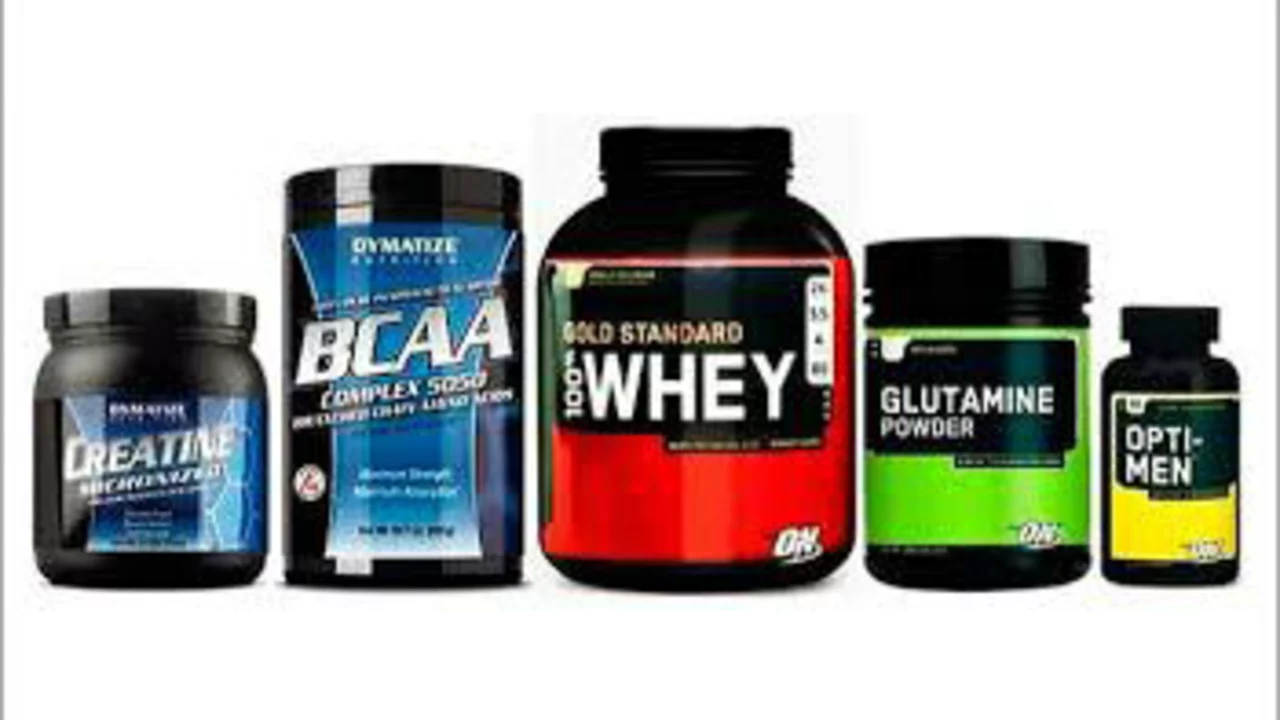Supplement usage: practical tips for choosing and using supplements safely
Did you know many people take supplements without checking if they actually need them? That’s risky. Supplements can help, but they can also cause side effects, interact with prescriptions, or waste your money. This page gives clear, useful steps to make supplement use smarter and safer.
Decide what you really need
Start with a quick check: are you trying to fix a specific deficiency, boost performance, or support a condition? Get a blood test if possible—things like vitamin D, B12, and iron show up on labs. For athletes, trace minerals such as molybdenum may help enzyme function, but only take them when a deficiency or clear benefit is shown. If you’re using a supplement for general wellness, ask whether whole food or a small dietary change would do the job first.
Talk to your doctor or pharmacist about how a supplement fits with your health goals. If you’re on prescription meds—blood thinners, diabetes drugs, antidepressants—double-check interactions before starting anything new.
Choose quality, read labels, and follow dosing
Look for brands that use third-party testing (USP, NSF, or ConsumerLab). Read the label: active ingredient, dose, form (tablet, capsule, powder), and full ingredient list. Avoid proprietary blends that hide exact amounts. A useful trick: pick products that list the percentage of daily value so you can compare them easily.
Stick to recommended doses. More isn’t better. For example, fat-soluble vitamins (A, D, E, K) build up in the body and can be harmful at high doses. Water-soluble vitamins (C, B-complex) are safer but can still cause problems at very high intakes. If you want to try a new supplement like pumpkin seed extract for urinary or prostate support, start with the lowest effective dose and watch for changes.
Timing matters. Take iron with vitamin C for better absorption, but avoid taking it with calcium or coffee. Some supplements work best with food, others on an empty stomach. Follow label guidance and ask your clinician if you’re unsure.
Watch for interactions and side effects. St. John’s Wort alters many prescription drugs. Omega-3s can thin the blood—talk to your doctor if you’re on anticoagulants. Keep a running list of supplements and medicines and review it at each doctor visit.
Store supplements in a cool, dry place and check expiration dates. Throw away bottles that are damp, discolored, or smell odd. Buying smaller bottles helps keep stuff fresh.
Track results. Give a supplement a fair trial—usually 4–12 weeks depending on the goal—and note changes in symptoms, energy, sleep, or lab values. If nothing improves, stop it. If side effects appear, stop and consult your clinician.
Need help finding reliable products or price comparisons? Use trusted pharmacy guides and review sites to compare quality and cost. Smart supplement use starts with clear goals, quality choices, and regular checks with your healthcare team.
Hey there, health enthusiasts! I've just delved into the saucy world of tomato dietary supplements and boy, is it a juicy topic! Packed full of lycopene, these little red powerhouses are nature's answer to boosting your health. From fighting off free radicals to giving your skin that sought-after glow, they're like tiny superheroes in a bottle. So, whether you're a salad lover or not, it's about high 'thyme' we ketchup on this fantastic health trend!

